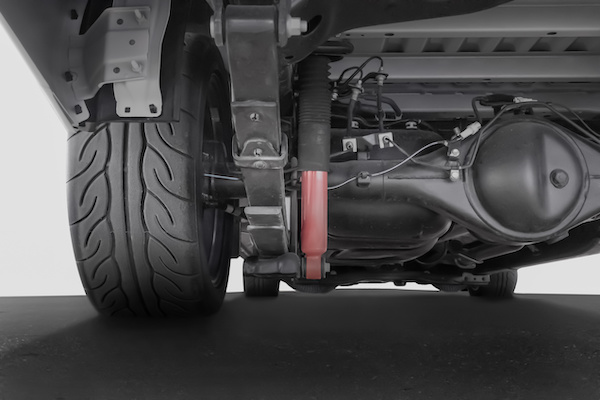Posted on 12/20/2022

It’s that time of the year in Northern Virginia again when we all need to bundle up to leave our houses. When we head out the door to go turn on our cars, we expect our heater to heat up quickly. If you keep getting cold air instead of warm air, then you have a heater problem. How Do Car Heaters Work? The heating system brings the heat from the engine to keep your vehicle’s interior warm and comfortable in the winter. It comprises the heater core, a fan, coolant, and more. At our auto repair shop, we are committed to getting to the bottom of your heater problem. We are equipped to handle the most challenging heater repairs. If your vehicle’s heating system is malfunctioning, it can be due to any of the following problems: Low Coolant - If your car is low on coolant fluid, your vehicle won’t get the proper heating. You can check the levels by popping the hood of your car open. Dirty Coolant - The condition ... read more
Posted on 11/18/2022
.jpeg)
Soon, many Americans will be getting ready for Thanksgiving Day. For many, that means traveling near and far to visit loved ones. Since it will be the busiest travel season of the year, we want to make sure your vehicle is in tip-top shape to get to your family safely. Here are our top car care tips for road travel: Monitor coolant levels - Check on this fluid to prevent overheating. Your coolant should be flushed out every couple of years. Have motor oil changed - Clean oil will ensure a safe journey. If it has been 3,000 miles or more, it is better safe than sorry to make sure your engine is properly lubricated. Test the battery - With temperatures dropping in most places, your battery may grow weak. Come on by for a battery test to see if your battery can handle smooth start-ups over the holidays. Make sure the heater and defrosters work - These help you keep warm and stay comfortable on the road. Check tire tread depth and tire pressure - Your car tires are ... read more
Posted on 10/31/2022

Gaskets are the most important parts of your car's engine. Their primary function is to seal off compartments in the engine. Your engine is divided into the cylinder block, where the pistons and cylinders reside, and the cylinder head, where the spark plugs, valves, and camshafts are located. The head gasket is found swaddled in between these two massive engine parts. What Role Does the Head Gasket Fulfill? A head gasket is a vital component when sealing the cylinder's pressure. It also prevents coolant and engine oil from leaking into the cylinders or outside. Because the head gasket is constantly under pressure between two surfaces, rapidly shrinking and expanding, it is bound to wear off at some point, leading to costly repairs. Can I Drive a Car With A Blown Head Gasket? Yes, you can drive a car with a blown gasket, but it is definitely not recommended. Ignoring the obvious signs that your car has a blown gasket will only lead to further damage to the engine, which wil ... read more
Posted on 9/30/2022

If you're wondering what the difference is between shocks and struts, you're not alone. Many people don't know that there is a difference, or if they do, they're not quite sure what it is. In this blog post, we'll clear up any confusion and explain the difference. Shocks vs. Struts: What's the Difference? Shocks Shocks are a type of suspension component that helps control the movement of your springs. They work by absorbing the impact of bumps in the road, helping to keep your car from bouncing around. There are two main types of shocks: gas-charged and oil-filled. Gas-charged shocks are filled with nitrogen gas, which helps to keep the shock cool and prevents it from foaming. Oil-filled shocks are filled with hydraulic fluid, which helps to lubricate the moving parts and prevent wear. Struts Struts are a type of suspension component that helps support the weight of your car and provide a smooth ride. They work by absorbing the impact of bumps in the road ... read more
Posted on 8/31/2022
.jpeg)
Brake rotors are an important part of your car's braking system. They help to stop the car by transferring the force from the brake pads to the rest of the car. Over time, they can wear down and need to be replaced. Here is a guide on when to replace your brake rotors and how to do it yourself. Read on to learn these 5 signs. 1. Your Car shakes When You Brake When your steering wheel or seat vibrates while you brake, it is probable that your pads require to be changed. However, it might also be an indication of more serious issues, such as brake rotors that have been deformed. 2. You Hear Squealing or Grinding Noises If you hear squealing or grinding when you apply your brakes, that's a sure sign that your brake pads need replacing. But if you hear squealing even when you're not braking, that's an indication that your brake rotors may be too thin and need to be replaced. 3. Your Brake Pedal Feels Spongy A spongy brake pedal usually means that your brake fluid need ... read more